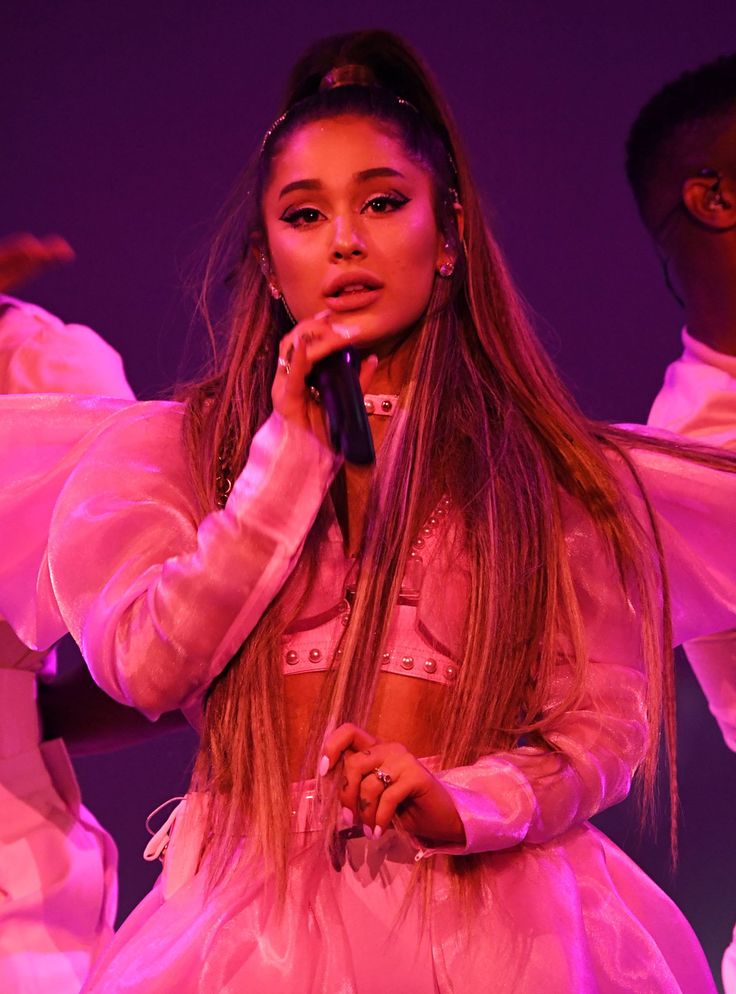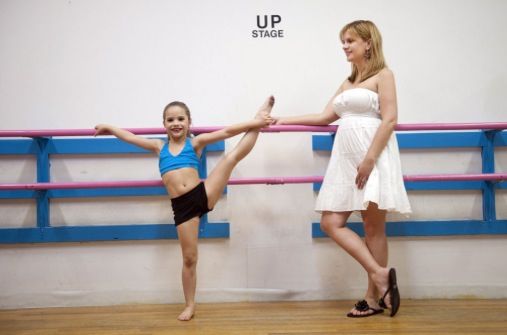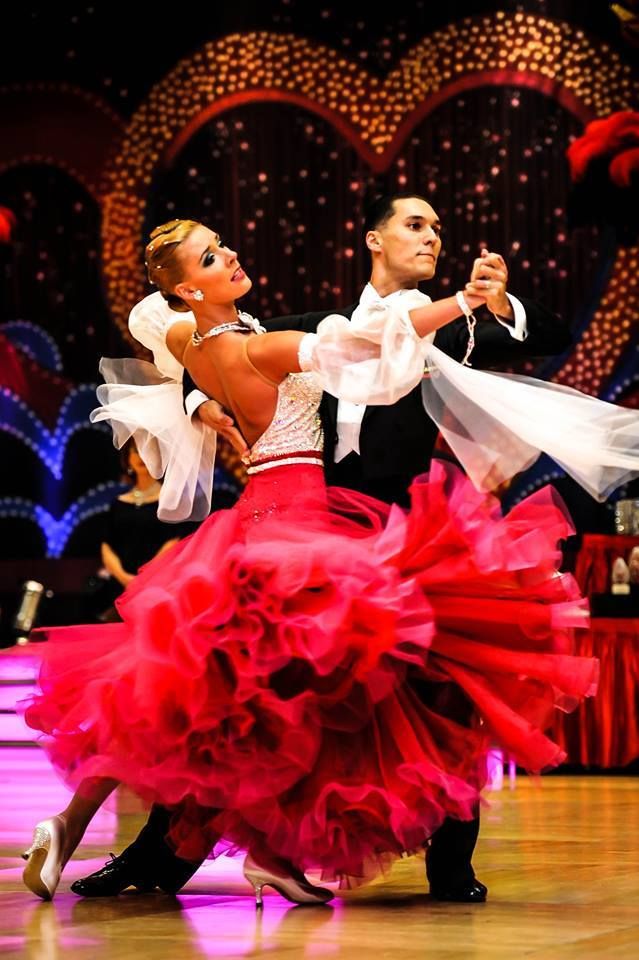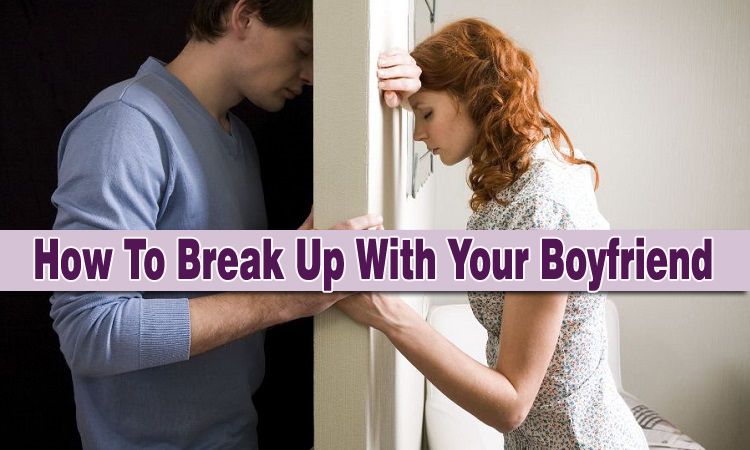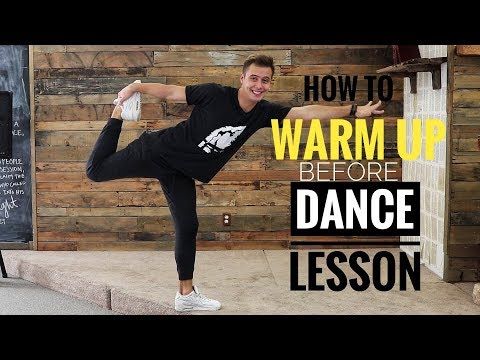How has dance evolved over the years
How Has Dancing Evolved As An Art Through The Years
“If I don’t dance for even a day, I feel like something is missing. Dance has taught me how to present myself, to be confident, and it is major part of my life now. I feel like I’m constantly creating something, and that makes me satisfied”, said Harshad Ghohil, Creative Director at Split Sole Dance Academy.
Dance is a form of art, and whether it’s the music, culture or the history behind it, dance has always been a way for people to express themselves. We’ve seen and witnessed its evolution right from jazz, waltz, cha cha cha to viral dance steps like the Whip and Nae Nae, the Ketchup Song, Juju on That Beat, and more.
In America, dances from the 1920s were often characterized as wild and carefree, like the shimmy, Charleston, and most Gatsby parties. In the clubs, dance contests known as marathons would happen, where one dances till you can’t dance anymore. The records made and beaten all around the country ranged from hours to days to weeks. In the late 1920s arrived the tango and the waltz, and still form a crucial element in dance shows like Dancing with the Stars or So You Think You Can Dance.
Dance forms like jazz, jitterbug and swing largely belonged to the 1930s and 1940s. But the 1950s was the year of growth and rebellion. Major dances from the 1950s like the twist and other dances made popular from this rock and roll era influenced movies like Grease, Hairspray, and La La Land. From their poodle skirts, socks, and white tennis shoes, this was the era of the pink ladies and dirty dancing.
Image Credits: City Dance Dance AcademyOver 400 new dances were introduced in the 1960s. Artists like Nat King Cole and The Beatles had a huge influence in this era for dance. The colorful, bright, soulful disco era, of the 1970s saw dances like the hustle, the YMCA, and soul train lines. This upbeat era kept everyone on their toes. The 1980s gave birth to break dancing, hip hop and line dancing which influenced dance culture tremendously to this day. The 1990s had dances like the running man, and the macarena that still are popular in dances that kids do today. The 90s popularized major artists such as MC Hammer, Vanilla ice, and Black Street.
The 1990s had dances like the running man, and the macarena that still are popular in dances that kids do today. The 90s popularized major artists such as MC Hammer, Vanilla ice, and Black Street.
In India too, dance has had a glorious evolution. Although dance forms like kathak, kuchipudi, folk dance, etc. still enjoy a prominent place in people’s entertainment fix, the 1950s brought about a revolution, with dance being incorporated into films and thus Bollywood gained its internationally popular identity. Then heart-throbs like Mithun and Rishi Kapoor brought Disco in all its glory in the 1980s.
Image Credits: PaperToStoneThe 1990s saw an influence of the Western style of dancing, and even the songs rolled out had a major hip-hop, and street flavor in them. The 2000s onward saw a fusion of dance styles, yet keeping the individual tones alive.
We caught up with Mumbai-based Split sole Dance Academy to get insights into the fascinating world of dance, and here’s what they had to say –
Discover the Evolution of Dance
Dancing is poetry for the feet – John Dryden
Who really knows the origins of classical dance or contemporary dance?
To study the history of this artistic discipline and prepare for formal dance competition – say, to audition for entrance to a dance company, you must know of the origins and evolution of dance.
In addition to being useful for your studies as a dancer, having dance history in the curriculum at your dance school can enrich your personal culture and give a better understanding of the evolution of each genre of dance.
Leap with us now, into the constantly evolving art form we call dance!
The best Dance tutors available
Let's go
Dancing at the Dawn of Time
This primitive human cave drawing depicts a successful hunt; surely a dance followed! Source; Wikipedia Credit: Bernard GagnonIf the art of dance is so pleasing to us, it is surely because dance as an art is rooted within us.

The existence of dance goes back to prehistoric times. In European, African and Asian caves, there are drawings depicting the first humans practising this art.
One of the best-known examples is that of the dancing sorcerer in the French department of Ariège, within the Cave of Trois Frères.
Archaeologists have further uncovered tombs adorned with drawings of dancers in Egypt, and similar depictions in the rock shelters of Bhimetka in India; those inspirational portrayals being over 30,000 years old.
These cave paintings are particularly valuable for art historians. However, because the depicted dance is composed of abstract movements, it is a complex science to tease out its precise meaning.
Dance is considered essential to the evolution of civilisation.
Since the first humans had not yet crafted language, it was through their body's movement that they communicated.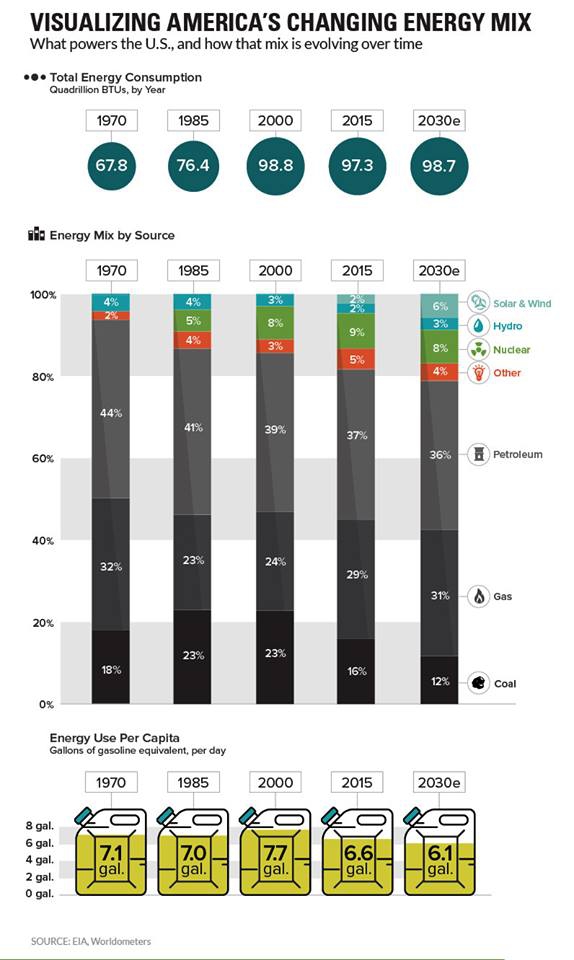
Tribes developed a system of motion – a dance, to recognize their members. Any human not knowing the routine would be greeted less cordially.
Around 4000 BCE, we find evidence of early dancing technique.
Humans developed religious dances by incorporating moves such as the splits, ensemble dancing and twirling.
Those dancers evidenced symmetry of movement and rudimentary choreographic design: dance trends became graceful and harmonious.
The art of dance is not to be trivialised: it is, in fact, one of the most ancient arts, without which our ancestors would have had much trouble communicating.
Dance music did not yet exist; still, people danced! Makes you wonder what beats they danced to, and if there was any form of singing...
Check out these private dance classes.
Dancing in Antiquity
It is indeed during this period that the activity we call dance gained traction.
At the peak of the Pharaohs' Egypt, drawing techniques improved, allowing today's researchers to learn more about trending dances of those times.
Egyptian dancers demonstrated great flexibility and equilibrium. Depictions show dancers balancing on one leg, with the other outflung, and arms thrust before them.
Although dance was important in ancient Egypt – for rituals, fitness or entertainment, it was in Greece that dance styles seem to have diversified, in choreography and in purpose.
Dance innovation in Greek civilization included:
- religious dances
- dramatic dances
- lyrical dances
- other special dances
In that epoch, dancing was seen as a means of communication between mortals and immortals.
The Greek people danced in celebration of the god Dionysus, although dancing featured in other rituals, as well.
In his work Saltatione, Syrian satirist Lucian of Samosata explains the importance of dance:
Those who spoke with veracity of dance's origins claim that it was born at the very time of creation of all things, and that it is as old as love, the oldest of the gods.
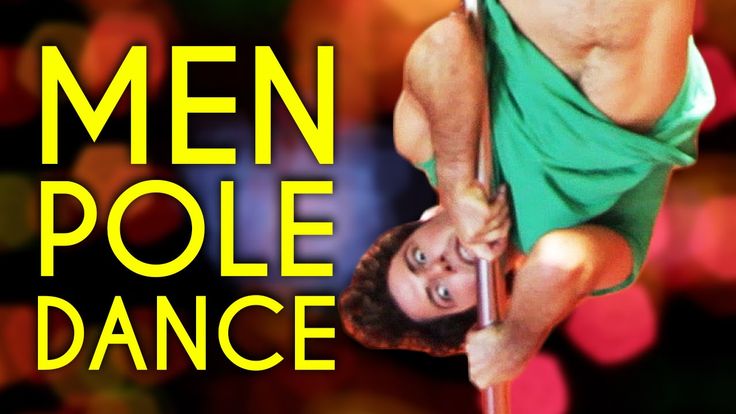
Dance fulfilled several functions in ancient times, among them:
- a method of communicating and creating bonds during social interaction
- a way of praying to a god during official ceremonies and religious rituals
- an appeal to heal a wound; those were especially macabre dances!
- a means of expressing feelings about the opposite sex or family
There were slow, serious dances that conveyed a tragic feeling. Others were more frenzied, meant to express a satirical feeling. Finally, there were lively and energetic dances to mirror the joy of the dancers.
Discover different dance classes for toddlers on Superprof.
Men, women and children did not always engage in the same dance styles.
Dance was above all a means of distinguishing social classes: gender, age and one's country of origin.
Do you see now, that to become professional dancers, we will have to delve into some textbooks to learn the history of this art?
Search for dance classes near me here.
The best Dance tutors available
Let's go
Dancing in the Middle Ages
You may contend that people didn't do much to promote dance in that dark period of human history, long before anything like Zumba or jazz dance was taught.
The Christian church of the time saw dance in any form as an unscrupulous activity.
To avoid scrutiny, avid dancers of all ages took to practising their dance moves at night, seemingly in protest of strict religion.
Nocturnal dancing gave rise to debauchery – naturally condemned by the Church, which attempted to simply forbid any dance performance, without ever wholly succeeding in suppressing it.
That really shows how the need for dance ties into the human psyche, doesn't it?
Teasing out an understanding of dance during medieval times is particularly difficult.

During that era, only the most erudite, nobility and the clergy, knew how to read and write.
Thus there are few records of any dance steps from the Middle Ages since nobility generally heeded the Church's instructions.
Folk dancing, on the other hand, lets commoners' passion flow: they believed in celebrating life to lyrical repertory!
By the by, through pressure from the Church, religious dances began to fade away... only to give way to new forms of dance artistry!
From the sixth century on, the French invented playful styles of dance, with steps intricately choreographed for dancing groups, around the singer.
That is a bit of trivia to know about dance, should you aspire to one day become a renowned dancer!
Dance and music were treated as two inseparable artistic disciplines: people repeated the songs' chorus while dancing around him.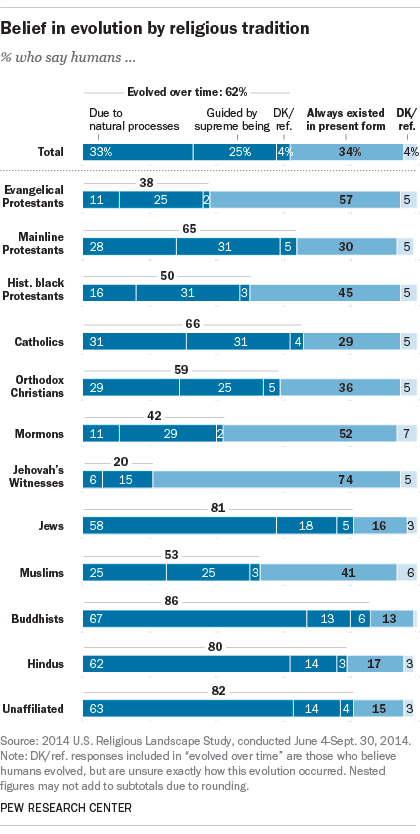
The most popular dances of the medieval era were:
- The Carol
- The Tresque
- The Estampie
- The Ductia
- The Saltarelle
Even in our very modern 21st century, when all manner of hip-hop and Gangnam Style prevail, it is quite possible to learn how to dance medieval dances!
In dance class, at any dance studio; during private lessons or any venue that provides dance education: you can find an instructor keen for introducing medieval dances.
For an introduction to medieval dance, it is not necessary to be a professional dancer or join a master class... In fact, you can find medieval dance practised at most any dance festival.
Such a dance routine is taught in a convivial atmosphere, be you more eager for couples dances or a dance class for children and teenagers.
Lessons in medieval dance allow us to revisit its acrobatics and to retain primitive choreography, all while encouraging discovery of the rich history of dance that our country is proud to have.
Some dance quotes may boost your confidence and inspire you to discover your rhythm.
Why not ask your dance teacher where you can learn to dance the Carol?
Debut your couples' dance at the next dance party! Source: Pixabay Credit: Alexey_MarkovThe Art of Dance in the Modern Era
The 18th Century brought us a style of dance that we all know very well, still today: the ballet.
Classical dance was particularly popular in France and Italy. Jean-Baptiste Lully contributed to this popularity thanks to his musical compositions, which he performed both for the King but also at the Paris National Opera.
Thanks to the enthusiasm provoked by these well-rounded yet unpolished performances, the so-called Ballet d'action became a means of communicating subtle messages outside of the current political regime.
A ballerina could thus make a political statement without risking her head!
Performers often donned masks in order to draw the audience's attention to the dancers' bodies; in other words, the moves were the meaning.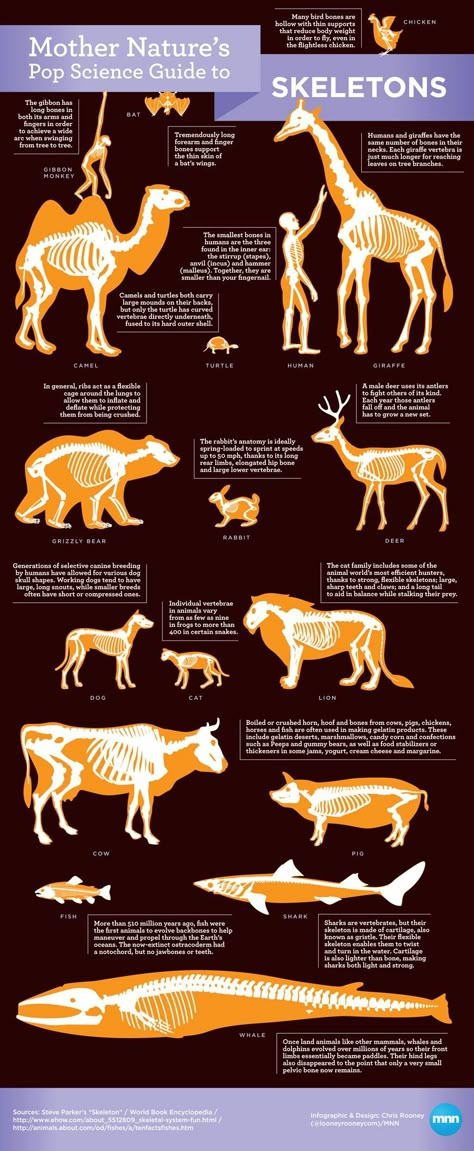
Dancers ' costumes helped the artists to feel freer, a feeling shared by beginner dancers today.
Shoes and costumes helped to accentuate the fluidity of the body, giving poise and precision to movement.
It was during this era that the famous demi pointe was born.
During this epoch, the classical ballerina represented the epitome of French dance culture, sometimes at the expense of male dancers, who seldom received any level of recognition!
One such talented figure was Marie Taglioni who, at one point during her illustrious career, taught social dance in London!
At the same time, in France, some dancers engaged in what was called danses savantes, consisting of measured and complex choreographies.
The visual artist had to show intelligence and a concentration to be able to execute the movements to perfection, all to a fast tempo!
At that time, such scholarly dances were reserved for the elite. Today, they are accessible to all, through qualified instruction with the best choreographers.
Today, they are accessible to all, through qualified instruction with the best choreographers.
You could also acquaint yourself with them at any of our numerous festivals, held in honour of such dances!
Participating could be your chance to learn to dance like royalty!
Discover also our dance courses Birmingham, should you live in the centre of our island...
You too can celebrate the joy of living through dance! Source: Pixabay Credit: Clicker-Free-Vector-ImagesModern Dancing in the Current Era
Have you seen comedian Judson Laipply in his hilarious evolution of dance video series? It is one of the most watched viral video series on Youtube!
That series parodies the most popular American dances of all time such as the Robot, the Twist, Thriller, and the Touchdown dance.
It was during the 20th century that dance began to evolve into the new dance that is commonly practiced today.
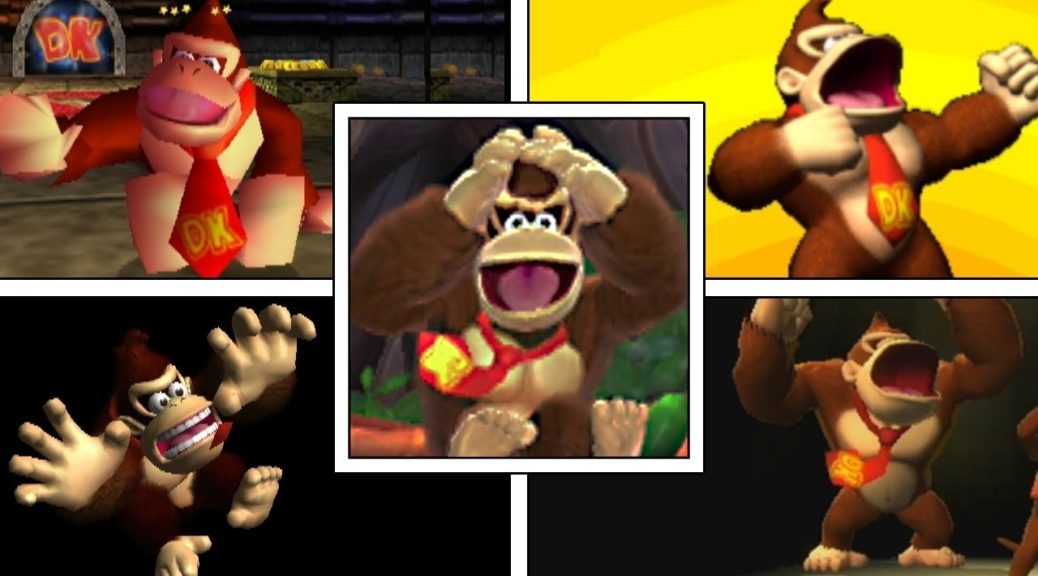
Aspiring to move away from the aristocratic reputation of classical ballet and the limiting "intellectual" dances, more than one choreographer helped popularize modern dance as well as modern jazz (now one of the most studied in dance studios across the country).
While classical dance was rather considered a variation of gymnastics in groups, modern dance puts emphasis on the individual dancer.
Since the 20th century, dance schools have been teaching much more varied styles:
- Tap dance
- Sports dance classes (stretching courses, online Zumba courses, ground barre courses...),
- Argentine Tango
- Salsa
- Hip-hop and jazz hip hop
- Cha Cha
- Swing and East Coast Swing
- Flamenco
- Bachata
- Oriental Dances
- Ragga Dancehall
- Ballroom Dancing
Naturally, you can still take ballet classes or dance the Macarena!
After the Second World War, in an effusive liberation of spirit and movement, contemporary dance took centre stage. .. and hasn't left yet!
.. and hasn't left yet!
Its fusion of different styles, incorporating elements of jazz with ballet technique, learned in intensive dance training, contemporary dance plays on rhythmic changes and improvisation.
The contemporary dancer seeks above all to express independence, diversity and creativity through varying tempos; a repertoire demanding focused dance training, and great technique.
Youtubers thrilled to see Jimmy Fallon and Will Smith on stage, dancing a look back over hip hop's evolution! In another instalment, First Lady Michelle Obama joins the Tonight Show for a medley of 'mom dances'...
Dance clubs, dance schools and workshops for dance and music offer contemporary dance lessons for all ages and levels, beginners through intermediate and advanced.
Discover also the most mythical dance films or our competitive Pilates courses...
Hundreds of Superprof dance instructors offer lessons ranging from ballet training to any other style of dance at attractive prices: Why not get started?
Search the web for 'dance classes london' or whichever city you live in now!
And then, head to youtube for move viral videos on dance specialities!
Mentor of the show DANCES on TNT Miguel: Every season we start from a new sheet
The choreographer told IA IrkutskMedia about the experiments that await viewers of the TV project, as well as about the work of the PRODANCE center, which grew out of the show
The last season of the show "DANCES" (16+) started on TNT channel. One of the permanent mentors of the project was and remains Miguel. In an interview with IA IrkutskMedia, the famous choreographer spoke about the path the show "DANCES" has traveled and how it has changed over the years, about the experiments that await the audience of the Last Season, and about the work of the PRODANCE (6+) center, which grew out of the project.
One of the permanent mentors of the project was and remains Miguel. In an interview with IA IrkutskMedia, the famous choreographer spoke about the path the show "DANCES" has traveled and how it has changed over the years, about the experiments that await the audience of the Last Season, and about the work of the PRODANCE (6+) center, which grew out of the project.
— How do you feel about the new season? What are your emotions about the closing of the project, how do you feel about it?
- There is no sadness and sadness, the project lived for quite a long time. I have a huge sense of gratitude for what was in the show, and now there is a great opportunity to put a beautiful end to this story. There are, of course, nostalgic moments in memory, but no sadness.
- Which members do you want to see in your last team?
— I have always recruited people who love freedom into the team. Therefore, the more free people I have in my team, the better.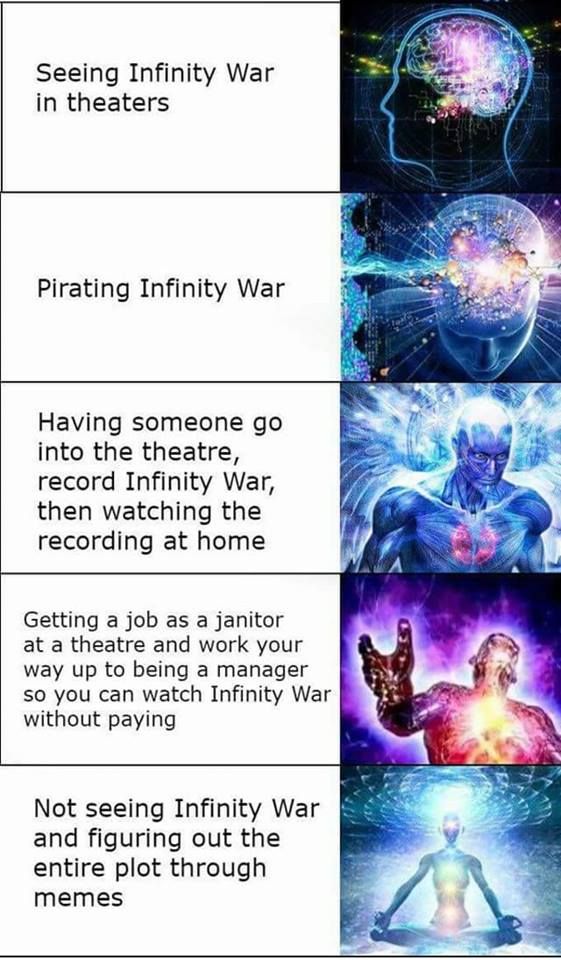
- Maybe you are thinking about another experiment?
— Yes, of course! We practically thought over the dance of Miguel's team, came up with music for it. I won't tell you which one, but we're already working on it.
- Tell us what the show "DANCING" gave you as a professional. Maybe this is an opportunity to realize yourself as a teacher. Maybe the ability to create without limits. Maybe something else…
- When people come to the project who grew up on the show that you are a part of, it's incredible. Therefore, any experience gained from a professional point of view cannot be compared with the fact that we have brought up a whole generation of dancers.
- And purely from the human side? How have you, your character, views on people and the world changed over the years of your work in the show "DANCING"?
— In addition to the show "DANCES", during the filming, many moments happened in my life that changed me.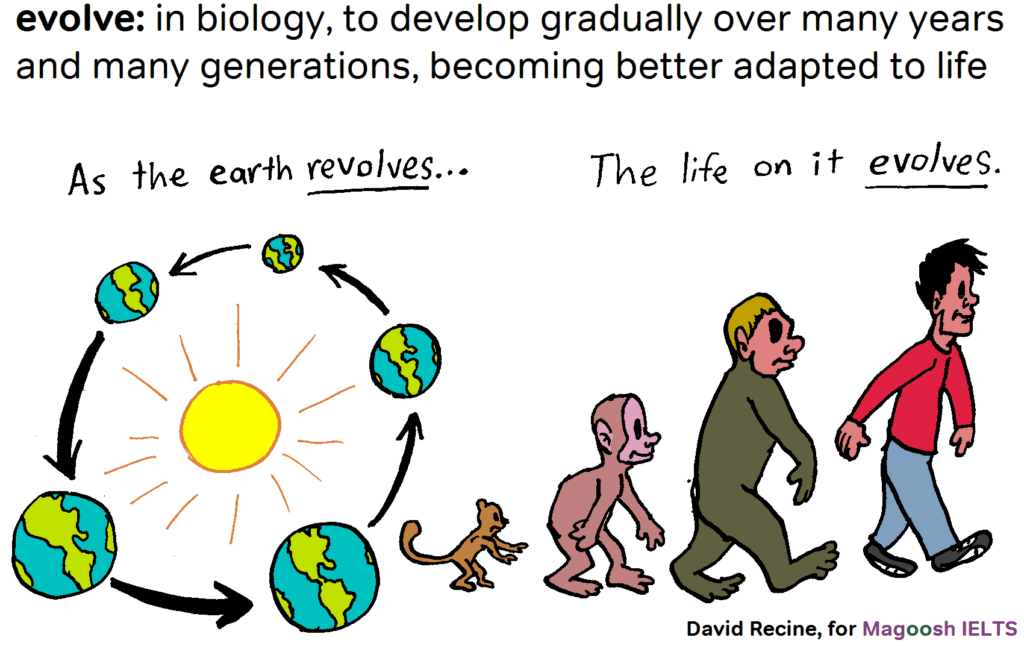 During this time, of course, I became different. Perhaps more calm and loving. Now I'm not so worried about the things that bothered me at the beginning of the project - about my place inside the show, for example. Therefore, now I live more calmly and measuredly, and work more productively.
During this time, of course, I became different. Perhaps more calm and loving. Now I'm not so worried about the things that bothered me at the beginning of the project - about my place inside the show, for example. Therefore, now I live more calmly and measuredly, and work more productively.
Miguel. Photo: TNT
- Tell us what would have never happened in your life if it weren't for "DANCES".
- Center PRODANCE, theater, fame - she appeared with the project "DANCES". And my true profession would never return to my life. That is the purpose.
— What, in your opinion, has the DANCES project done for the dance movement in Russia?
— How big is the contribution? Judging by the points that I feel, the attitude of people towards the profession of dancers has changed. And turned the idea of how it could be. And who would not try to repeat the success of the show "DANCING", so far it does not work out.
— Has the dance landscape of our country changed tangibly, and if so, what exactly has changed?
- Judging by the last season of the show, the underground dancers' party accepted our project. And now we can see the stars of the underground in the show "DANCING". Before that, they shone in other skies. Now the dancers began to trust us, so in Russia "DANCES" acquired a more professional context.
And now we can see the stars of the underground in the show "DANCING". Before that, they shone in other skies. Now the dancers began to trust us, so in Russia "DANCES" acquired a more professional context.
- Do you keep in touch with the guys from your teams?
— Yes, of course! Many of them I have worked with and still work with. Now we will soon gather the party again.
Whose professional success surprises you and why? Are you satisfied with the careers of your students?
— I like the way Dima Bonchinche leads and positions himself. I am very impressed with how many dancers are growing. I don't even want to list everyone. I like how many people from Miguel's team have taken certain places in business, life. And the fact that we are making a different product together also speaks volumes. I can't speak only for Miguel's team. In principle, it is very good that after the "DANCES" project, the dancers take their heads and turn into individuals with whom they can do great things.
Looking back, is there anything you haven't done on the show? What and why?
- I think I did everything. That is why this season is the last one.
- Are you going to make up for this in the new season or will you try to digress and start the last season from scratch?
— Every season we start from a new leaf. You should never go in with old feelings. I've had this happen a couple of times and it didn't end well. So only with a fresh head.
- Why did your team fail to win last season, in your opinion?
- I sometimes think about it, about the reasons. Probably, there is also a moment of weakness on my part in not achieving the goal. The fact is that in parallel with the filming of the project, another life goes on. Our. And she strongly influences what happens in the show. When emotions are overwhelmed, attitude to business, to the team, sometimes it doesn’t work out very well. And when you swim calmly, everything works out.
Show. Photo: TNT
— The PRODANCE center has developed its own dance education program based on global trends. Curators monitor its implementation and development in the regions.
— Not exactly. We are developing a special education program to take dancing to another level. And at the moment we control the quality of the product that we have, just with the help of curators present in each school and working in the head Center.
- Tell me, what is this program?
- It is based on the search for talent, new trends in dance. Our goal is to nurture talent in a free environment. PRODANCES is a school that does not pretend to be a narrow focus. For us, any dance talent - of any gender, style and interests - is a figure that we will help to be seen. To grow talent. That's what curators and quality control are for. Through choreographers, we can look for talent across the country and the world to work with.
— Who becomes curators?
- People who discovered PRODANCES with me. All our main choreographers and dancers. Now they can oversee schools.
All our main choreographers and dancers. Now they can oversee schools.
- Which of the curators surprised you with their approach, a fresh look at teaching? What is this novelty?
- Kristina Tutina turned out to be the most talented teacher and organizer. Nastya Cherednikova also surprised me with her approach - one can only be proud of how she bears the name of our project, Egor Sokolov, Yulia Igonina, Lena Basenko (Foam), Lesha Karpenko. Yes, all of them! I'm proud of everyone. What they have done while we were in quarantine is incredibly cool. I'm going to tour with them now and I'll tell everyone all this.
— There is acting in the program for children. Why is it important for a dancer to master acting skills?
- Because the dancer is an artist. It is important and necessary for any person entering the stage to master acting skills.
— What else is important?
— We have an integrated approach.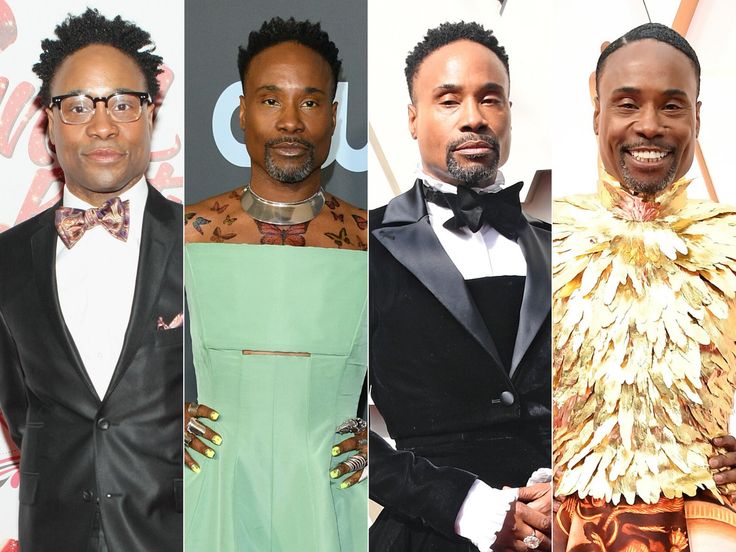 Together with physiotherapists, we are developing a system so that the children who work with us are healthy. I want to raise healthy children, not crippled in the psyche or physiology. Therefore, I connect psychologists who develop a special program for children. Dancing is a rather unusual topic in our country. People treat her, shall we say, with caution. Especially in the regions. And it’s very easy to rot a child because he is engaged in choreography - I myself experienced such pressure. Therefore, we make all kinds of programs so that children have the right attitude towards what they are doing. So that they come out of school not crippled. To prevent children from killing themselves like we do. I know that there are now technologies and techniques that help strengthen the body, and not grind it down, as we are used to. This is my task.
Together with physiotherapists, we are developing a system so that the children who work with us are healthy. I want to raise healthy children, not crippled in the psyche or physiology. Therefore, I connect psychologists who develop a special program for children. Dancing is a rather unusual topic in our country. People treat her, shall we say, with caution. Especially in the regions. And it’s very easy to rot a child because he is engaged in choreography - I myself experienced such pressure. Therefore, we make all kinds of programs so that children have the right attitude towards what they are doing. So that they come out of school not crippled. To prevent children from killing themselves like we do. I know that there are now technologies and techniques that help strengthen the body, and not grind it down, as we are used to. This is my task.
— The work of the center in which city would you especially like to note and why?
— We have an incredible center in Naberezhnye Chelny, which does not lag behind the head office at all.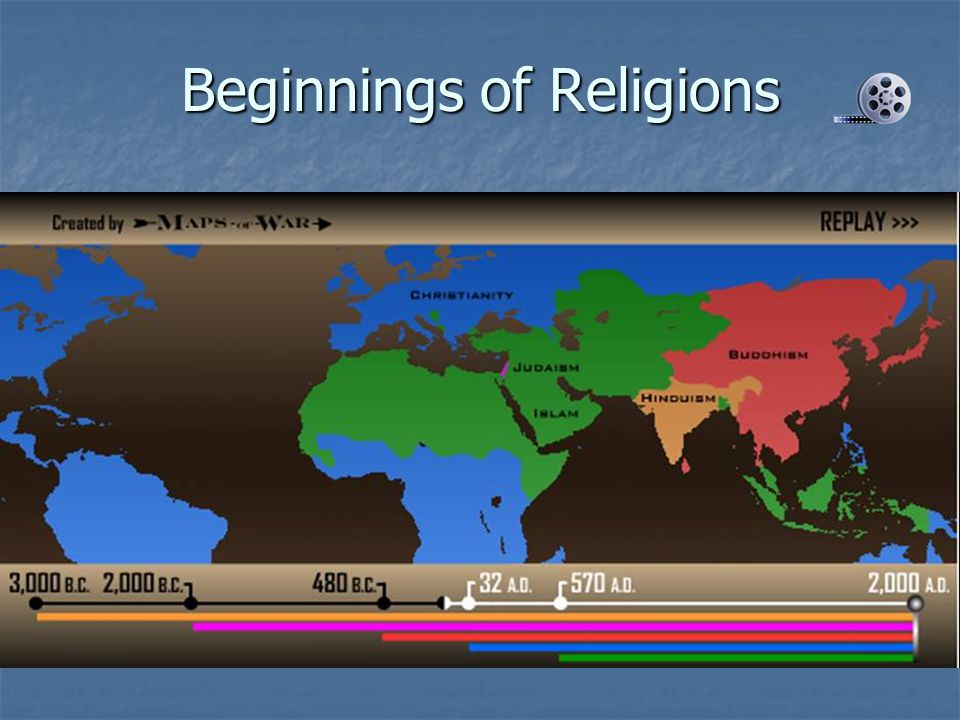 Yes, and many others. A dance school franchise is a complex and special product. It is quite possible that the people who started to develop our franchise brand did not fully understand what they were selling. And now we, the whole team led by Natasha Terekhova, are creating a system according to which the franchise will work. And when we got out of quarantine, and the centers open, the first thing we do is drag all the material that we have there. And we open them in a new way. And for the way the centers are moving with us, I can praise everyone. People who have purchased a franchise understand what they want and strongly coincide with my desires.
Yes, and many others. A dance school franchise is a complex and special product. It is quite possible that the people who started to develop our franchise brand did not fully understand what they were selling. And now we, the whole team led by Natasha Terekhova, are creating a system according to which the franchise will work. And when we got out of quarantine, and the centers open, the first thing we do is drag all the material that we have there. And we open them in a new way. And for the way the centers are moving with us, I can praise everyone. People who have purchased a franchise understand what they want and strongly coincide with my desires.
Watch the last season of the show "DANCES" (16+) on TNT every Saturday at 21.00.
Current regional news on Telegram
Honest news on OK
Dirty Dancing: dance to the rhythm of the heart
Swayze and Jennifer Grey, which tells about the rapprochement of two young people from different social strata on the basis of their passion for social dancing.
That's how sparingly and uncomplicatedly Wikipedia describes the film, after which the name of Patrick Swayze became the catalyst for red cheeks and stupid giggles among young ladies. They watched it in the late 80s and early 90s only in the circle of close friends and friends, hiding from their parents as far as possible. Now times have changed, but the goosebumps from Dirty Dancing continue to tickle your back.
Baby and Johnny are in the center of the audience's attention. Baby is a girl from a wealthy family of a doctor who personifies the American dream. Johnny is just Johnny. A free dancer who earns a living by entertaining the public.
What is Dirty Dancing?
"Dirty" dances in the film are dances performed at a service staff party in a small American boarding house where the main character is resting. There, Baby is faced with the other side of her own life: people who plow until they pass out during the day, and in the evening splash out emotions in dances.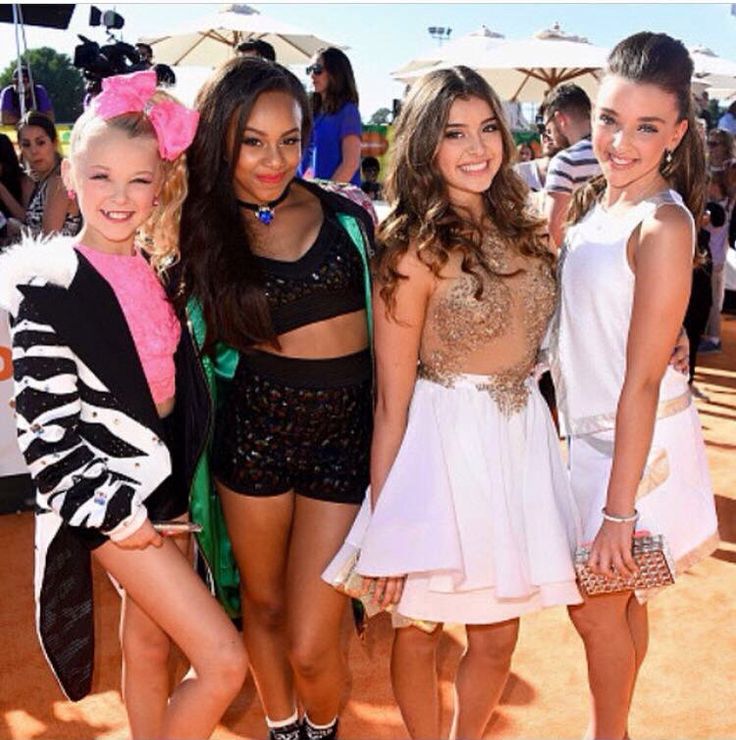 Half-naked, tart, very intimate. There she meets Johnny, who will become her partner, first in dancing, and then in life.
Half-naked, tart, very intimate. There she meets Johnny, who will become her partner, first in dancing, and then in life.
“Yes, I am afraid of everything, I am afraid that I will leave this room and not feel what I feel now. Dance with Me.
— Here?
- Yes.
In fact, classic dirty dancing is shown in only one scene - just at the very party in the boarding house. They are not tied to any of the styles, although they have much in common with Latin American genres. They were performed spontaneously, many movements were invented directly in front of the camera.
Everything that starts after the party - training and performance - is a Cuban mambo with a splash of salsa and other Latin American revelations.
Mambo in Dirty Dancing
Mambo is a Latin American dance brought to the New World by African-American black slaves. It was performed in stuffy rooms to rhythmic music (4 by 4) after a hard day's work.
